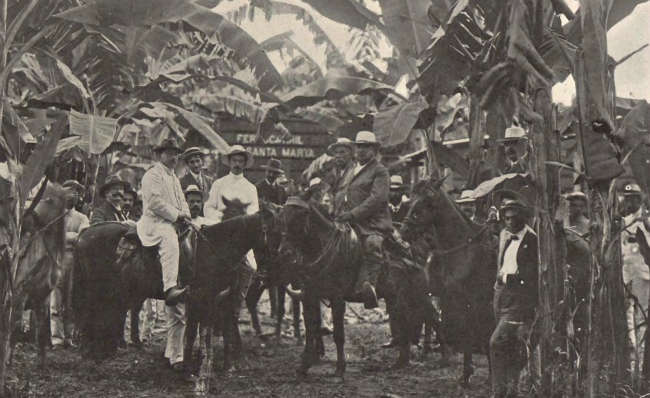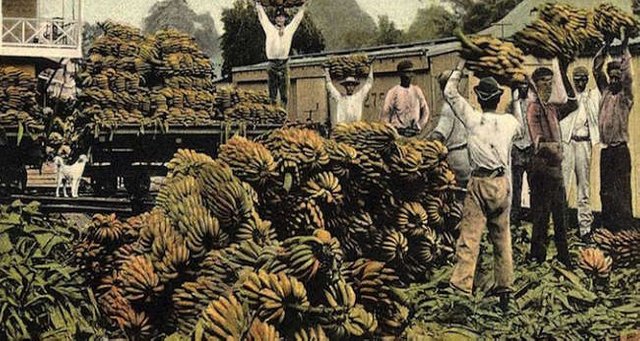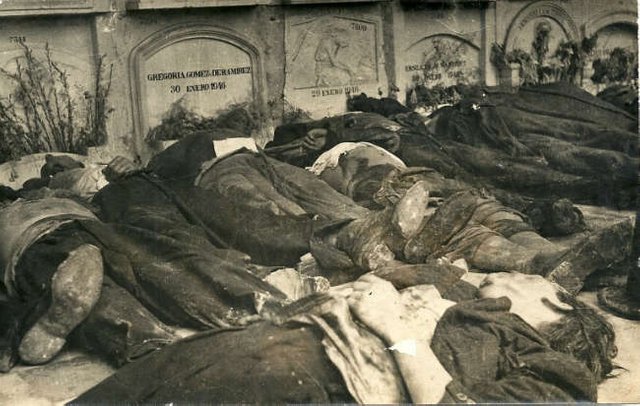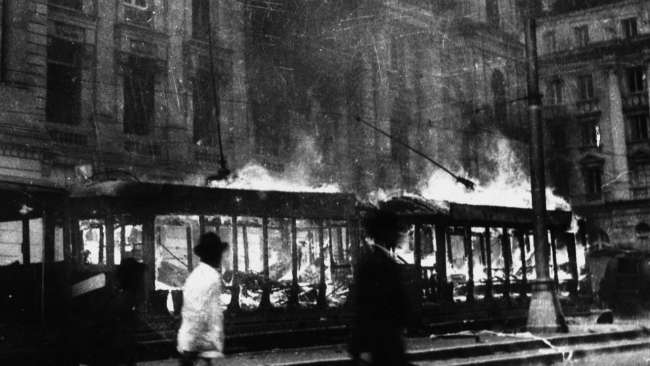The banana massacre: the day that U.S. Murdered thousands of innocent Colombians
One Hundred Years of Solitude
In the most renowned novel by Gabriel García Márquez, the Nobel proclaims a fictional version of one of the events that shaped Colombia's history: a massacre of hundreds of innocent people that marked the beginning of "La Violencia" in that nation. When this massacre was carried out, the writer was only one year old. However, when he grew up, he could not stop listening to the stories of those events that had happened only a few miles from his hometown.
His context allowed him to find out about the reasons for the event: he learned of US pressure on Colombia for a workers' strike, repression of the government of his country and the bases that established the 1848 riots that destroyed much of the center Bogotá. The name of the event that unleashed the chaos ?: The slaughter of the banana plantations.

United Fruit Company
Also called "The banana massacre", it was named for the place where the crime against humanity was taken. The United Fruit Company, established in 1899 by American businessmen, had acquired different plantations in Ciénaga, Colombia, to trade with the fruits and export them to their country and Europe.
It was considered a monopoly industry that exploited the Latin American workers, so it was not long before they faced different protests until in December 1928, employees decided to strike, demanding better working conditions, decent wages, a six-week work week Days and that they would not pay them back with food stamps. The owners of the company refused and pressured the government of Colombia to stop the strike. At first the United States threatened to send a group of Marines to invade the area, but conservative President Miguel Mendez told them that he himself would take care of solving the problem.
The Massacre

The main concern of the United States was not that its employees entered a definite stop, but were part of a communist revolt. These ideas came after the Colombian government learned that some of the socialist leaders were helping Protestants.
Likewise, the telegrams sent by the Colombian consulate to the Secretary of State showed concern about the revolutionary ideas of the "proletariat against the Government". So after President Mendez insured the revolts, he decided to send a military group to the area.
The army closed the streets and only offered five minutes to escape. It was not enough time to run so each of the people who were part of the protest (including women and children), died. The exact quantity has never been confirmed.

General Cortés Vargas claimed to have killed 47 people. Some government reports pointed to a maximum of eight victims. However, the survivors reported the death of more than 1000 people. A telegram from the embassy of Bogotá in the United States reported:

The Violence
Although the massacre was in 1928, 20 years before "La Violencia" began - the civil war between the Conservative party and the Colombian liberal - the fact has been considered one of the triggers that unleashed it in an indirect way. The United States was not satisfied with the measures taken by President Mendez and reduced support for his government. The massacre was pointed out by Jorge Eliécer Gaitán, the leader of the Liberal Party, during his campaign for the presidency.
His regime was marked by clashes between extremists on both the left and right, and his assassination during his second campaign to reach the executive branch led to the development of the Revolutionary Armed Forces of Colombia (FARC) and "La Violencia" and " Bogotazo ", unleashing a constant confrontation that hardly came to an end a couple of years ago.
<center >
>
García Márquez used this massacre in "One Hundred Years of Solitude" to point out its importance within the Colombian context. The massacre of the banana plantations not only destroyed the lives of the 2,000 protesters, their consequences extend to the present day and more than 200,000 people have been killed by the unstable government. This marked the beginning of a violent era of which there is still much to recover.
References:
Web Archive
IPS News
ICDC
The History Channel

One hundred years of solitude is such a fantastic novel. I think I'm going to start reading it again tonight.
I absolutely agree!